Anti Snoring Devices : For a Restful Sleep
Published:
If you're searching for effective anti-snoring devices, look no further. This comprehensive guide will provide you with valuable insights into the various types of devices available on the market today and their effectiveness in reducing snoring.
Contents:
Throughout this post, we'll delve deep into different categories of anti-snoring solutions such as Mandibular Advancement Devices (MADs), Tongue Retaining Devices (TRDs), Nasal Strips or Dilators, Chin Straps, and Adjustable Oral Appliances. We'll also discuss factors that influence device effectiveness and explore recent studies on adjustable oral appliances.
Furthermore, our expert analysis will highlight best practices for choosing an anti-snoring device that suits your needs while taking into account sleep trial policies and easy return options. For mouth breathers seeking compatible solutions, we'll introduce 2-in-1 devices designed to address both mouth breathing and snore reduction concerns as well as thermoplastic MADs which serve as alternatives to Continuous Positive Airway Pressure (CPAP) machines.
Last but not least, we'll examine some of the smallest MAD models available along with tips for finding compact-sized anti-snoring solutions. Finally, real-life examples of device effectiveness based on trial results from three different products will be presented to emphasize the importance of personalized testing when selecting a suitable solution.
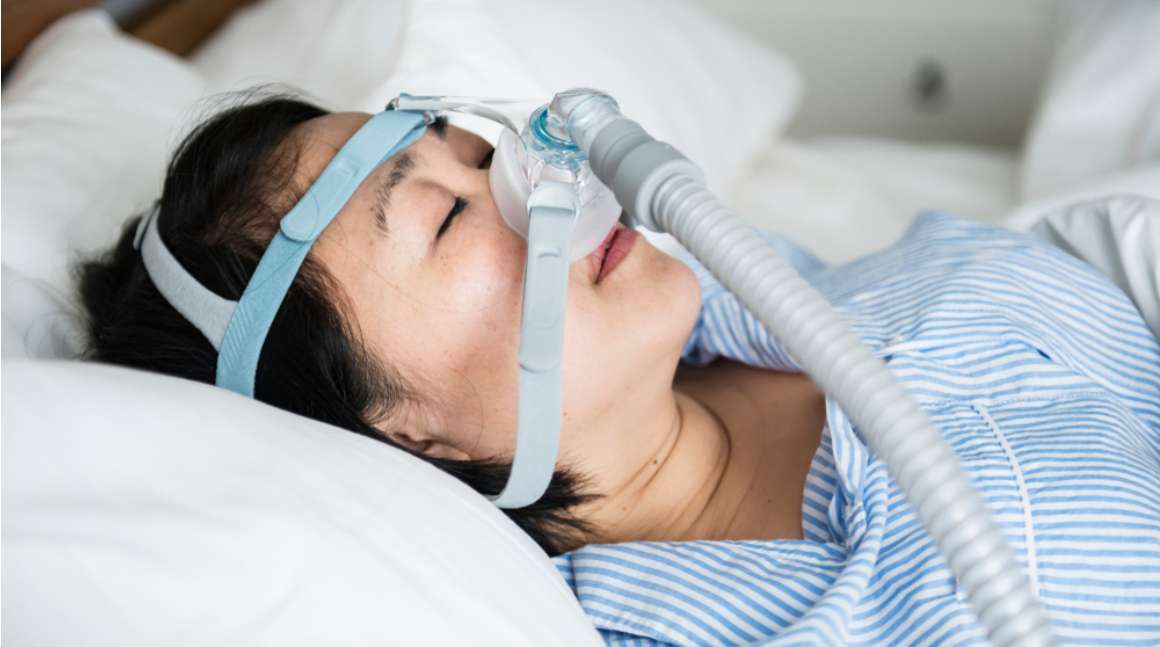
Types of Anti-Snoring Devices
There are various types of anti-snoring devices available in the market, designed to improve sleep quality and reduce snoring. The most common ones include mandibular advancement devices (MADs), tongue retaining devices (TRDs), nasal strips or dilators, chin straps, and adjustable oral appliances. Understanding each type's function is crucial for finding the right solution that suits your individual needs.
Mandibular Advancement Devices (MADs)
Mandibular advancement devices work by repositioning the lower jaw forward during sleep to open up the airway passage. This helps in reducing snoring caused due to obstruction in airflow through the mouth or throat. MADs are usually made from medical-grade silicone or plastic materials and can be custom-fitted by a dentist or purchased as an over-the-counter device.
Tongue Retaining Devices (TRDs)
Tongue retaining devices aim at preventing snoring caused by a relaxed tongue falling back into the throat during sleep. These anti-snore solutions hold the tongue forward using suction while keeping it away from blocking your airway passage. TRDs are typically made from soft silicone material for maximum comfort during use.
Nasal Strips or Dilators
Nasal strips and dilators help improve breathing through nostrils by opening up congested nasal passages, thus reducing snores associated with obstructive sleep apnea or other respiratory issues like allergies and colds. Nasal strips adhere externally on both sides of your nose bridge while dilators insert inside nostrils gently expanding them outwardly for better airflow intake.
Chin Straps
Chin straps are designed to keep your mouth closed during sleep, forcing you to breathe through the nose and reducing snoring caused by mouth breathing. They wrap around your head and chin, ensuring a secure fit throughout the night. Chin straps can be an effective solution for those who tend to open their mouths while sleeping due to nasal congestion or other reasons.
Adjustable Oral Appliances
- Sleep Apnea Mouthpieces: These oral appliances work similarly to MADs but are specifically designed for people diagnosed with obstructive sleep apnea. A dentist custom-fits these devices after conducting a thorough sleep study, ensuring proper jaw alignment and maximum comfort during use.
- Nasal Valve Expanders: Nasal valve expanders attach inside nostrils using adhesive pads, gently pulling them apart for improved airflow intake. This helps in preventing snores caused by narrow nasal passages or congested airways due to allergies or colds.
- Tongue Stabilizing Devices (TSDs): TSDs function like TRDs but offer adjustable settings that allow users more control over tongue positioning during sleep. This ensures optimal airway opening without causing discomfort from excessive suction force applied on the tongue surface.
There are a variety of anti-snoring devices available to help reduce snoring, and each type has its own unique features. It is essential to assess variables such as physical makeup and lifestyle choices that may affect the efficiency of these anti-snoring gadgets when attempting to determine their effectiveness.
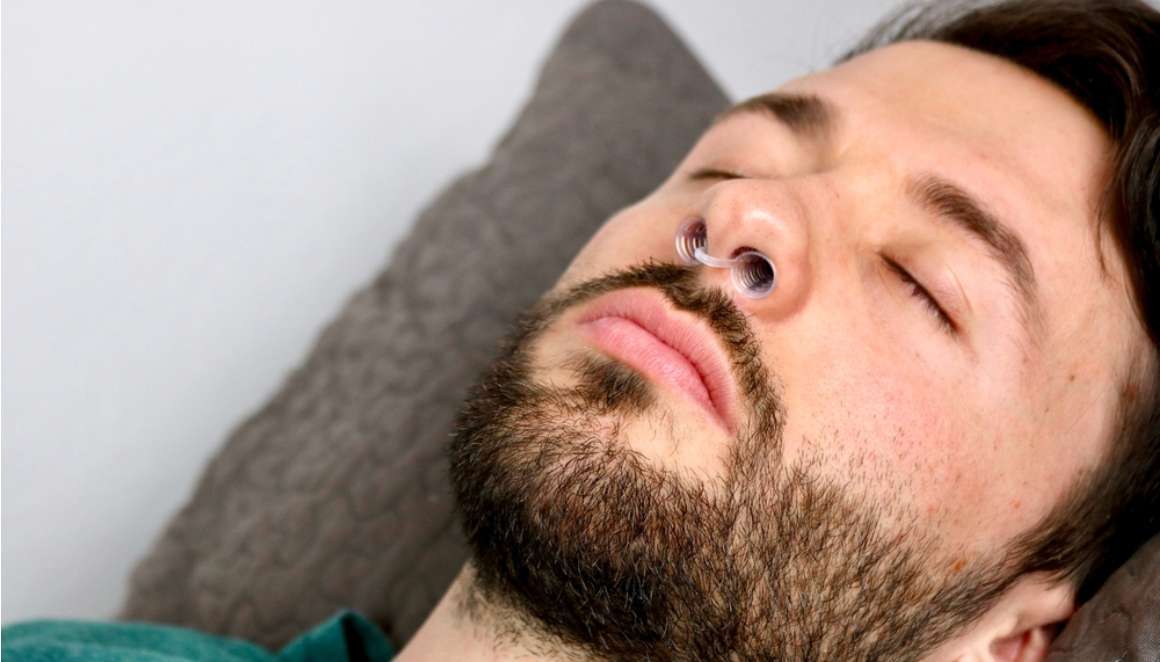
Effectiveness of Anti-Snoring Devices
The effectiveness of anti-snoring devices varies from person to person and depends on factors such as the cause of snoring and individual preferences. Some studies have shown that adjustable oral appliances can be more effective at reducing snoring compared to fixed ones. Consulting a sleep specialist may provide valuable guidance in determining which device will work best for you.
Factors Influencing Device Effectiveness
Several factors influence the success rate of an anti-snoring device, including:
- Cause of snoring: The root cause behind your snoring, such as nasal congestion or obstructive sleep apnea, plays a significant role in determining how well an anti-snore solution works for you.
- Fitting: Proper fitting is crucial for any device's effectiveness, especially when it comes to mandibular advancement devices (MADs) and tongue retaining devices (TRDs).
- Patient compliance: Consistent use and adherence to instructions are essential components in achieving positive results with any anti-snore solution.
- Lifestyle changes: In some cases, making lifestyle adjustments like losing weight or avoiding alcohol before bedtime can improve the overall efficacy of an anti-snoring device.
Studies on Adjustable Oral Appliances
A study published by the American Academy of Sleep Medicine found that adjustable oral appliances were significantly more effective than over-the-counter devices in reducing snoring caused by mild-to-moderate obstructive sleep apnea (source). These appliances work by repositioning the lower jaw and tongue forward, thereby increasing upper airway space and reducing snoring.
Another study conducted on 103 patients with obstructive sleep apnea revealed that a custom-made adjustable oral appliance was effective in improving symptoms for up to two years (source). Despite the potential for success, individual factors such as anatomy and personal preferences may affect the efficacy of these appliances.
To ensure optimal results, it is highly recommended to consult a sleep specialist who can help determine the most suitable anti-snore solution based on your specific needs. A thorough evaluation may include a sleep study or an examination of your nasal passages and upper airway structure. By understanding the root cause behind your snoring, you can make informed decisions about which device will be most effective for you.
The efficacy of anti-snoring gadgets can be contingent on the person, but with proper examination and exploration into different types available, it is possible to uncover an apparatus that will assist in decreasing snoring. For those looking for an effective anti-snoring solution, best practices should be followed when choosing a device in order to ensure optimal results.
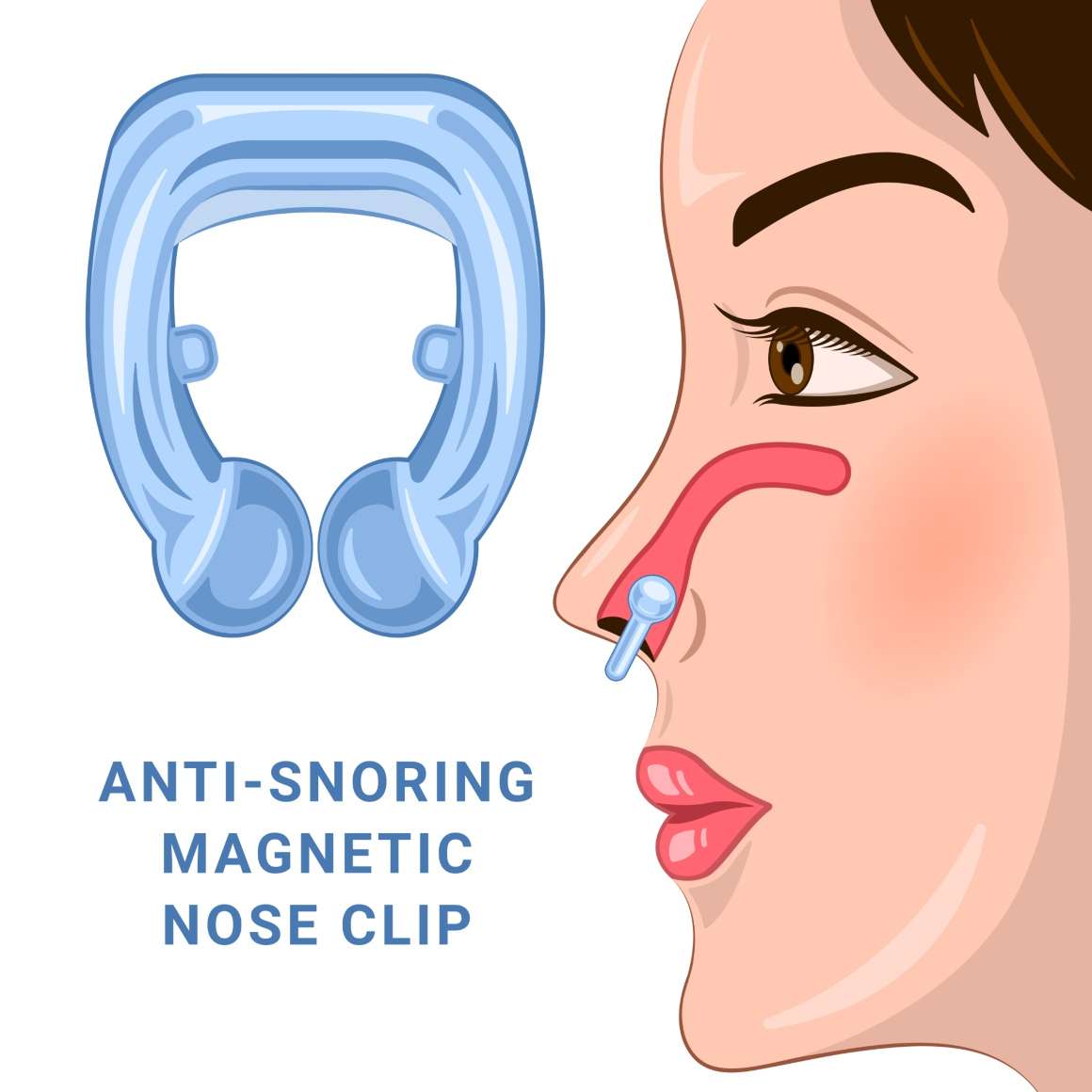
Best Practices for Choosing an Anti-Snoring Device
When shopping for an anti-snoring device, it is essential to consider every type of solution available while also paying attention to factors like sleep trial policy and easy returns. Trying different options through trial-and-error might help find the most suitable one based on personal comfort levels and specific requirements.
Sleep Trial Policy Considerations
A sleep trial policy allows you to test a product at home before committing to a purchase fully. Many manufacturers offer this option so that customers can determine if their chosen device effectively reduces snoring without causing discomfort or other issues during sleep. When selecting an anti-snoring device, look for companies that provide generous sleep trials with minimal return fees or restocking charges in case the product does not meet your expectations.
Importance of Easy Returns
In addition to seeking out products with favorable sleep trial policies, it's crucial to prioritize those offering easy returns. No guarantee can be made that even highly-rated anti-snoring products will provide successful results for all people, due to the variation in anatomy and preferences among individuals. By choosing a company with hassle-free return processes, you minimize potential frustrations should you need to exchange or refund your purchase.
- Research: Start by researching various types of anti-snoring devices such as mandibular advancement devices (MADs), tongue retaining devices (TRDs), nasal strips or dilators, chin straps, and adjustable oral appliances. This will give you a better understanding of each device's function and help you determine which might be most suitable for your needs.
- Read Reviews: Online reviews can provide valuable insights into the experiences of other users with similar snoring issues. Pay attention to comments regarding comfort, effectiveness, and ease-of-use when assessing potential devices.
- Consult a Specialist: If you're unsure about which anti-snoring solution is right for you or if your snoring may be indicative of a more severe condition like sleep apnea, consider consulting a sleep specialist. They can offer personalized guidance based on their expertise in sleep disorders and treatment options.
In conclusion, finding the ideal anti-snoring device requires thorough research and consideration of various factors such as product types, sleep trial policies, easy returns process, user reviews, and professional advice. By taking these steps before making a purchase decision, you can increase your chances of selecting an effective solution that significantly improves your quality of sleep while reducing nightly disturbances caused by snoring.
By researching the available anti-snoring devices and considering a sleep trial policy, you can make an informed decision about which device best suits your needs. Moving on to mouth breathing-compatible solutions, there are several options that may be better suited for those who need more than just snore reduction.
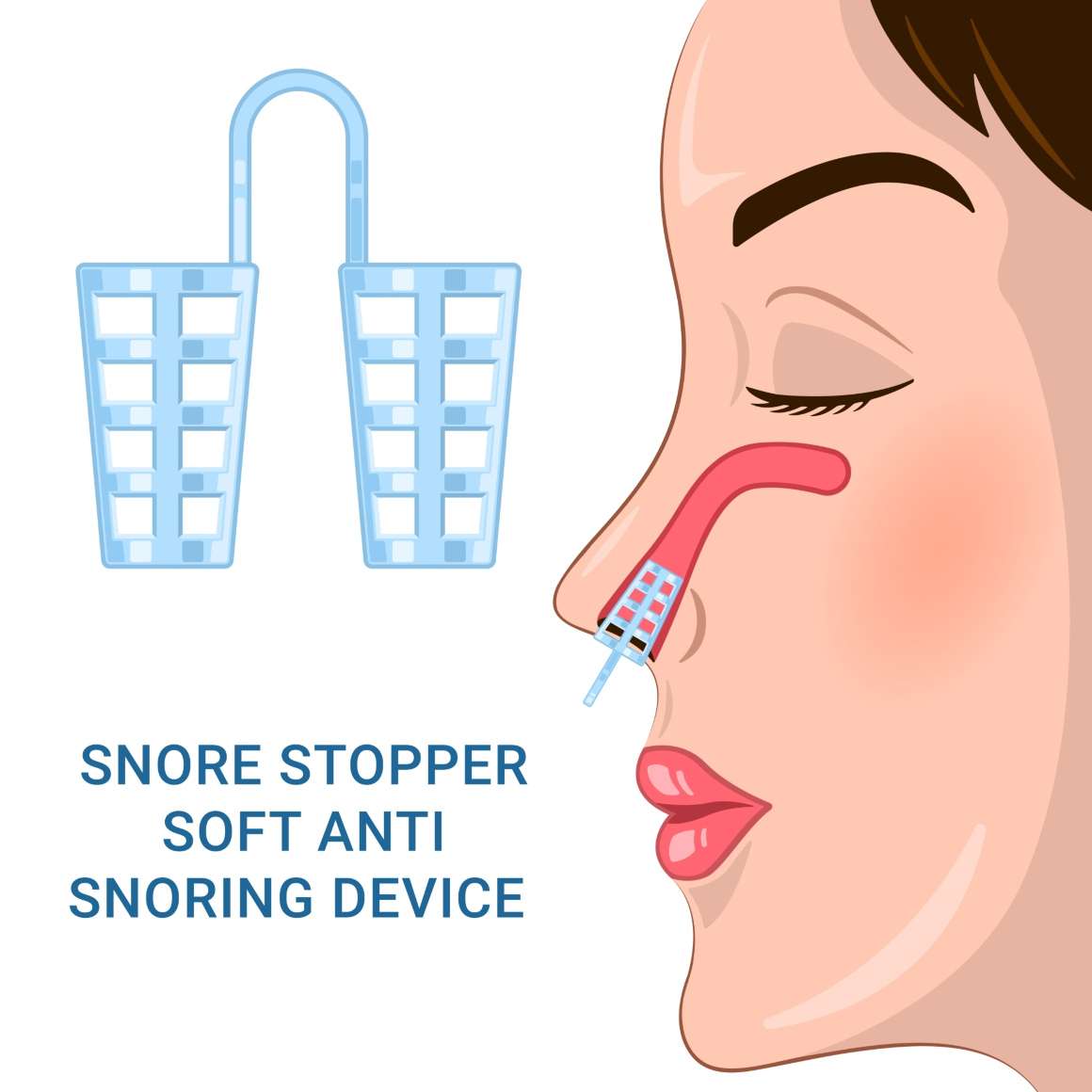
Mouth Breathing-Compatible Solutions
For individuals who breathe through their mouth during sleep, certain anti-snore solutions allow them to do so without compromising their airway opening process. These could include 2-in-1 devices specifically designed for both mouth breathing and snore reduction purposes or thermoplastic MADs as lighter alternatives to traditional continuous positive airway pressure (CPAP) machines.
2-in-1 Devices for Mouth Breathing and Snore Reduction
For those who prefer mouth breathing during sleep, a dual-function device that combines an anti-snoring mouthpiece with a built-in nasal dilator to keep the airways open can be beneficial. A product has been created that combines a snore-reducing mouthpiece with an integrated nasal expander to provide uninterrupted airflow during sleep for those who prefer breathing through their mouths. This dual-function device ensures unobstructed airflow in both the upper airway and nasal passages, effectively reducing snoring.
- Nasal Dilators: Nasal dilators are small devices inserted into each nostril that help widen the nasal passages, allowing easier airflow and preventing congestion-related snores.
- Mouthpieces: Anti-snoring mouthpieces work by repositioning your jaw forward or holding your tongue in place, ensuring your throat remains open for proper airflow during sleep.
Thermoplastic MADs as Alternatives to CPAP Machines
In addition to 2-in-1 devices, thermoplastic mandibular advancement devices (MADs) can also be suitable options for people who breathe through their mouths at night. These devices are made from medical-grade silicone and can be easily molded to fit your teeth, providing a comfortable yet effective solution for reducing snoring. Thermoplastic MADs work by gently moving the lower jaw forward, which helps keep the airway open and reduces the risk of obstructions that lead to snoring.
Compared to traditional CPAP machines, thermoplastic MADs offer several advantages:
- Portability: Their compact size makes them easy to carry while traveling or simply moving between rooms in your home.
- User-friendly design: Unlike bulky CPAP masks, thermoplastic MADs are less intrusive and more comfortable for users who find it difficult wearing a mask throughout the night.
- Affordability: As over-the-counter devices, they tend to be more affordable than prescription-based treatments like CPAP therapy.
In conclusion, finding an anti-snoring device that accommodates mouth breathing is essential for those who prefer this sleep style. Both 2-in-1 devices designed specifically for mouth breathers/snore reduction purposes and thermoplastic mandibular advancement devices (MADs) provide viable alternatives with their unique features tailored towards addressing specific needs related to mouth breathing during sleep. Always consult with a healthcare professional before trying any new treatment options as individual results may vary depending on various factors such as underlying medical conditions or personal preferences.
Mouth breathing-compatible solutions provide a viable alternative to traditional CPAP machines for those who struggle with snoring, making them an ideal choice for individuals seeking effective anti-snore devices. MADs, the smallest of their kind, offer various advantages and can be adjusted to suit anyone's needs; however, it is imperative to comprehend how they function before acquiring one.
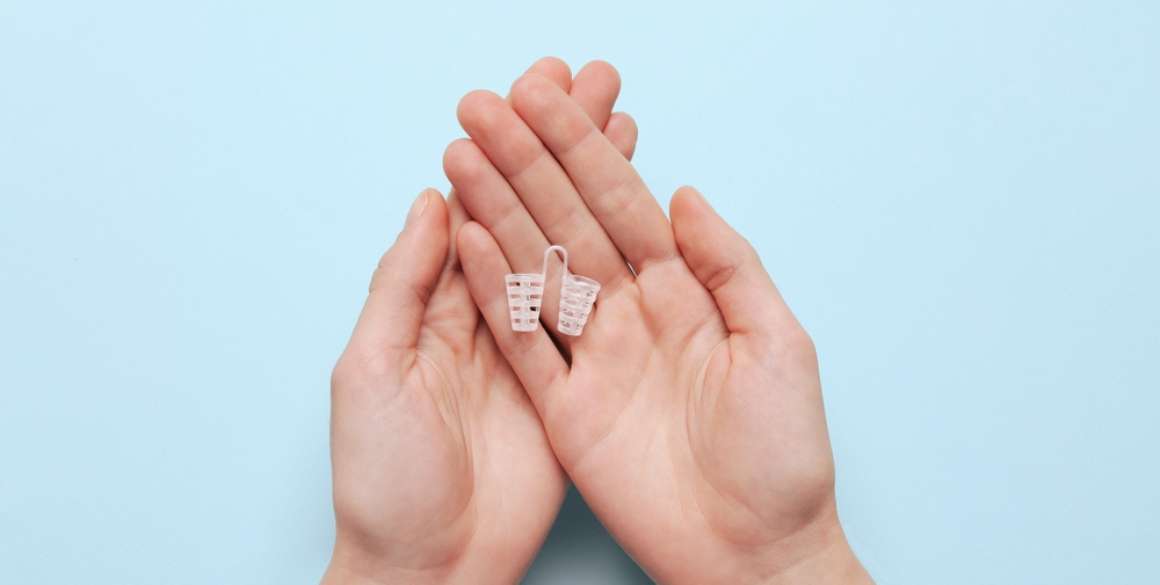
Smallest Mandibular Advancement Devices (MADs)
When looking for compact anti-snoring solutions, it is essential to find the smallest mandibular advancement devices (MADs) that are comfortable yet effective. These smaller models can be more convenient in terms of portability and storage while still maintaining their functionality in reducing snoring by repositioning the lower jaw forward during sleep.
Benefits of Compact MAD Models
The primary advantage of using a small-sized MAD is its convenience factor. A compact MAD is advantageous due to its portability; it occupies less space and can be easily transported or stored. Additionally, smaller MADs tend to be made from medical-grade silicone or other lightweight materials, providing increased comfort during sleep.
- Ease of use: Smaller devices are generally easier to insert and remove compared with bulkier alternatives.
- Comfort: Lightweight materials like medical-grade silicone ensure a snug fit without causing discomfort throughout the night.
- Aesthetics: Compact designs may also appear less obtrusive than larger counterparts, contributing positively towards user satisfaction levels.
Tips for Finding Small-sized Anti-Snoring Solutions
Finding an appropriate small-sized mandibular advancement device requires some research and consideration. Here are some tips on how you can identify suitable options based on your needs:
- Determine your requirements: To choose an ideal anti-snoring solution effectively, first understand what factors contribute most significantly towards your snoring - whether they stem from nasal passages blockage or obstructive sleep apnea-related issues such as mouth breathing patterns. Sleep Foundation provides helpful information on identifying the root causes of snoring.
- Consult a sleep specialist: A professional opinion from a qualified sleep expert can help guide you towards selecting an appropriate device based on your specific needs. They may recommend undergoing a sleep study to better understand your condition and suggest suitable solutions accordingly.
- Read product reviews: Browsing through customer testimonials and expert opinions online can provide valuable insights into the effectiveness, comfort levels, and overall satisfaction associated with various compact MAD models available in the market. Websites like SnoreLab offer comprehensive reviews of different anti-snoring devices.
- Trial periods & returns policy: Opt for products that come with trial periods or easy return policies so you can test their effectiveness without committing long-term. This allows for personal experimentation before settling on a solution that works best for you.
Incorporating these tips while searching for small-sized mandibular advancement devices will increase your chances of finding an effective, comfortable, and convenient solution to reduce snoring during sleep. Anti-snoring devices such as nasal strips, continuous positive airway pressure (CPAP) machines, and oral appliances may also be worth considering depending on your specific needs.
Smallest Mandibular Advancement Devices (MADs) offer a great option for those looking to reduce snoring without the bulk of larger devices. Let's explore how MADs can be adapted to one's individual situation and the level of efficacy they may offer.
Real-life Examples of Device Effectiveness
In order to better understand the effectiveness of various anti-snoring devices, let's take a look at a personal trial conducted by a couple seeking relief from nightly disturbances caused by chronic snoring. The couple tested three different anti-snore devices - an Anti Snore Chin Strap, Breathe Right Nasal Strips, and a 2-in-1 device designed for mouth breathing/snore reduction purposes.
Trial Results on Three Different Devices
- Anti Snore Chin Strap: This device aims to reduce snoring by keeping the mouth closed during sleep, thus encouraging nasal breathing. While it did provide some level of improvement in reducing snoring, both partners found it uncomfortable to wear throughout the night.
- Breathe Right Nasal Strips: These adhesive strips are placed over the nose bridge and work by opening up nasal passages for easier airflow. Although they provided minor relief from congestion-related snoring, they were not effective enough in addressing more severe cases caused by obstructive sleep apnea or other upper airway issues.
- 2-in-1 Mouth Breathing/Snore Reduction Device: Made with medical-grade silicone, this device functions as both an oral appliance (similar to mandibular advancement devices) and allows users to breathe through their mouths while sleeping comfortably. Out of all three options tested, this was deemed most effective in significantly reducing snoring without causing discomfort or disrupting sleep quality.
The results showed varied effectiveness levels, with only one device providing significant improvement. It is essential to note that individual preferences and the root cause of snoring play a crucial role in determining which anti-snoring solution will work best for each person.
Importance of Personalized Testing
The trial conducted by this couple highlights the importance of personalized testing when it comes to finding an effective anti-snoring device. It may not be the case that a single device will suit all individuals, or yield similar results; what is effective for one person might not work as well for another.
To find your ideal solution, consider consulting a sleep specialist who can provide valuable guidance based on your specific needs and circumstances. Additionally, make use of sleep trial policies offered by some manufacturers to test different devices before committing to a purchase. By taking these steps, you increase your chances of finding an anti-snoring device that effectively reduces snoring while ensuring comfort during sleep.
FAQs in Relation to Anti Snoring Devices
Are Anti-Snoring Devices Effective?
Yes, anti-snoring devices can be effective in reducing or eliminating snoring for many individuals. The effectiveness of a particular device depends on the underlying cause of snoring and the user's compliance with proper usage. Some popular options include Mandibular Advancement Devices (MADs), Tongue Retaining Devices (TRDs), and nasal anti-snoring devices.
Which Is the Most Effective Anti-Snoring Device?
The most effective anti-snoring device varies from person to person based on individual needs and preferences. However, Mandibular Advancement Devices (MADs) are often considered highly effective as they work by repositioning the lower jaw forward, thus opening up airways and reducing snoring. It is essential to consult with a healthcare professional before choosing an appropriate device.
What Is the New Anti-Snoring Technology?
Newer technologies in anti-snoring solutions focus on innovative designs and materials that improve comfort, ease-of-use, and effectiveness. Examples include smart pillows, wearable sleep monitors that provide real-time feedback through vibrations or sound cues when detecting snore events, and mobile apps designed to analyze sleep patterns for personalized recommendations.
Conclusion
In conclusion, anti-snoring devices are a great solution for those looking to reduce or prevent snoring. There are several types of devices available, including mandibular advancement devices, tongue retaining devices, and nasal anti-snoring devices. Adjustable oral appliances offer benefits over fixed oral appliances and can be an alternative to CPAP machines.
When choosing the best device for you, consider factors such as comfort level and trial policies. It's also important to ensure that the device is FDA compliant for safety and effectiveness.













